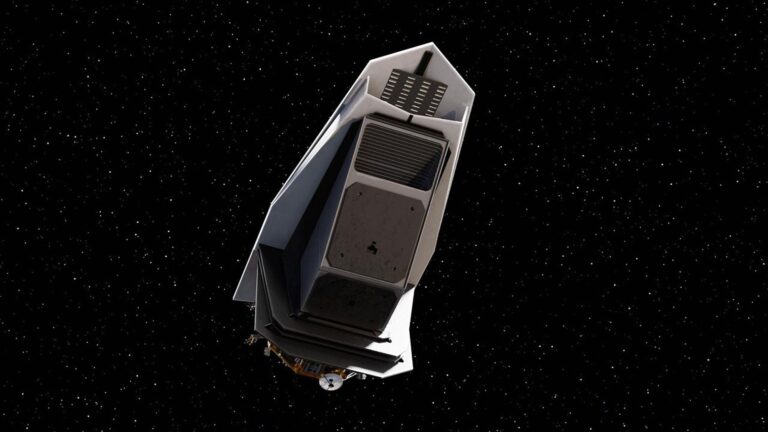Of all of Nvidia's current-generation GPU launches, there hasn't been one that's been quite as weird as the case of the "GeForce RTX 4080 12GB."
It was the third and slowest of the graphics cards Nvidia announced at the onset of the RTX 40-series, and at first blush it just sounded like a version of the second-fastest RTX 4080 but with less RAM. But spec sheets and Nvidia's own performance estimates showed that there was a deceptively huge performance gap between the two 4080 cards, enough that calling them both "4080" could have lead to confusion and upset among buyers.
Taking the hint, Nvidia reversed course, "unlaunching" the 4080 12GB because it was "not named right." This decision came late enough in the launch process that a whole bunch of existing packaging had to be trashed and that new BIOSes with new GPU names needed to be flashed to the cards before they could be sold.
The end result of all this rigamarole was the GeForce 4070 Ti, a card that certainly performed well against the previous-generation RTX 3070 Ti but still came with a big generational price jump from $599 to $799. It was too expensive to be a mainstream or "budget" card by any stretch of the imagination, but not fast enough to be a definitive cut above older RTX 30-series GPUs like the 4090 and 4080 had been.
This week Nvidia is launching the cumbersomely named GeForce RTX 4070 Ti Super, as a sort of mid-generation correction to the original card—the original 4070 Ti is being discontinued, rather than getting a new price tag à la the non-Super RTX 4070. The 4070 Ti Super is definitely faster than the old one at the same $799 price, which we'd still call a good thing. But that's still a high price in the end, and stronger-than-usual competition from AMD ultimately helps to make the 4070 Ti Super one of the less-compelling GPU options in the RTX 40-series lineup.

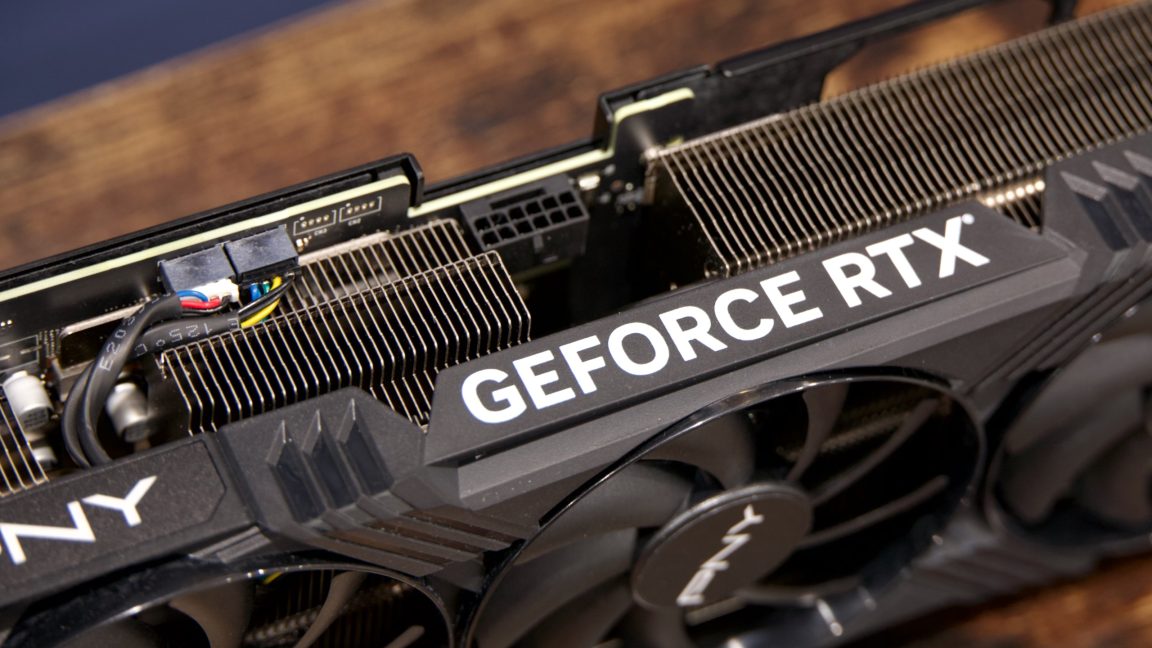
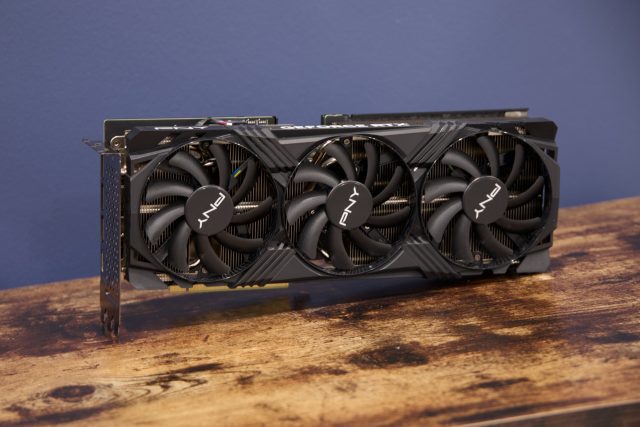
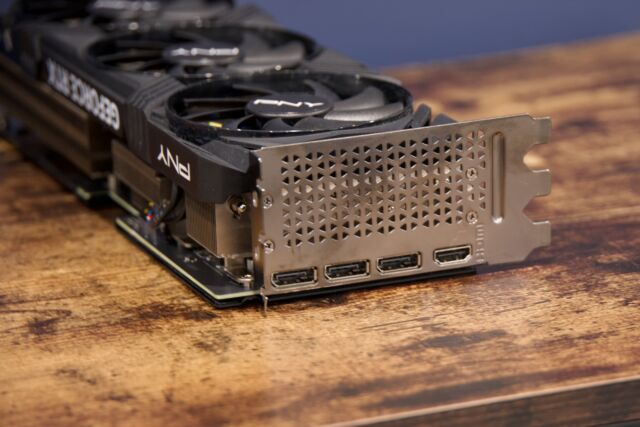
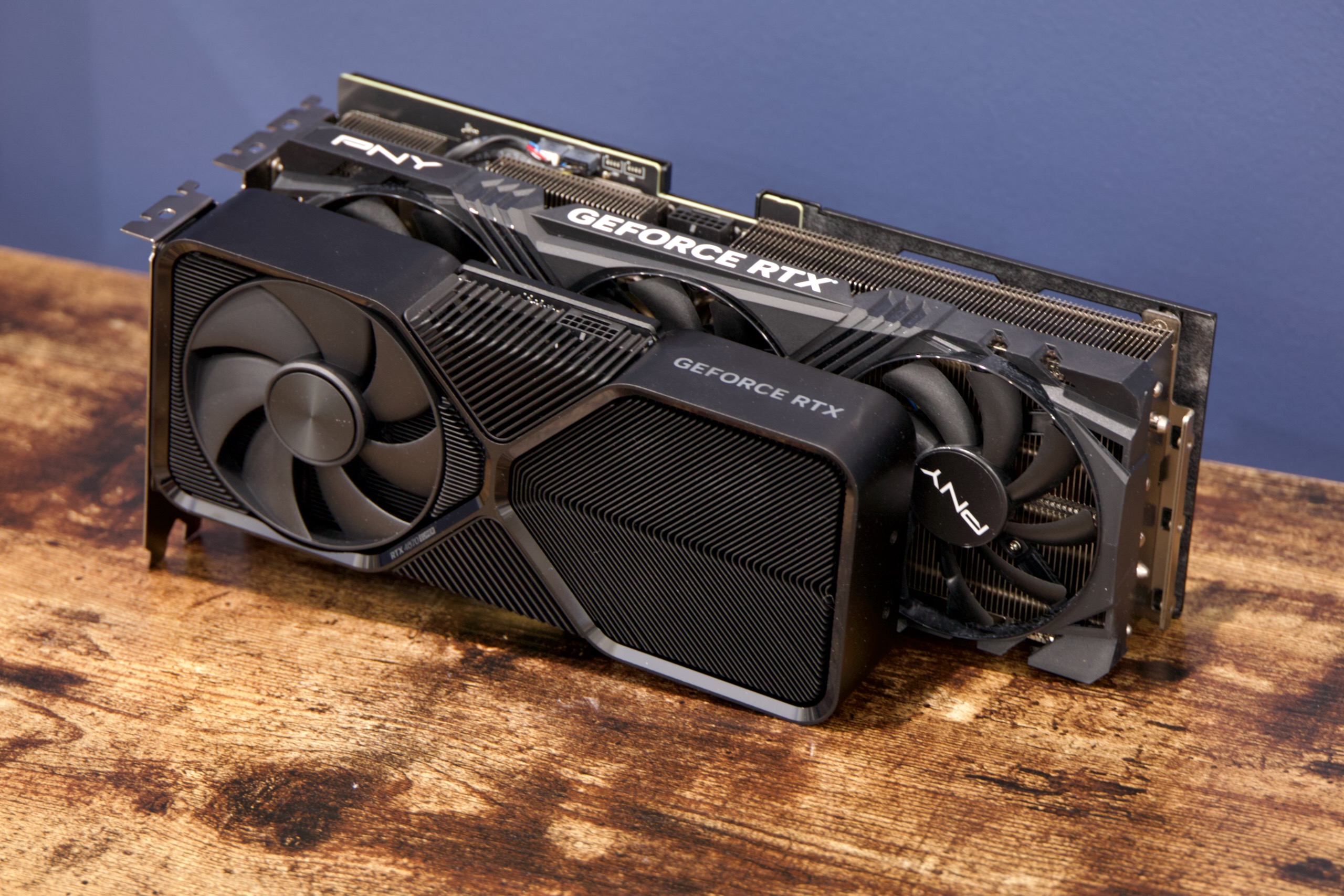


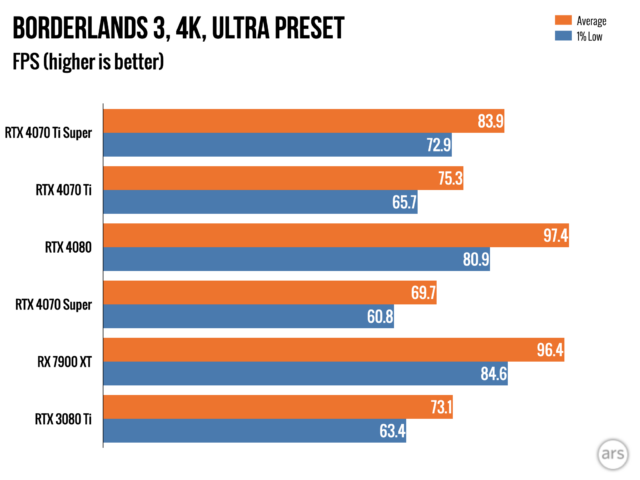

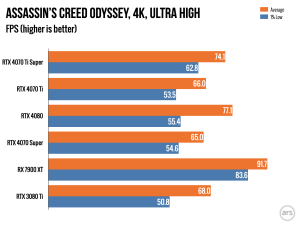
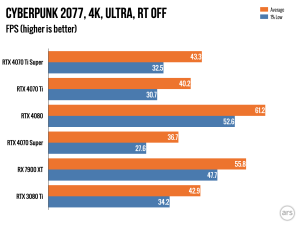
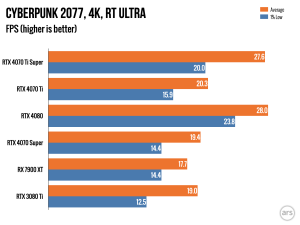
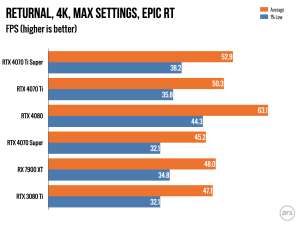
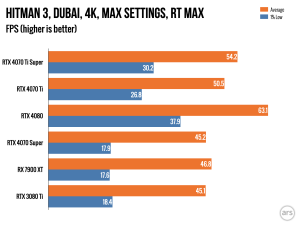
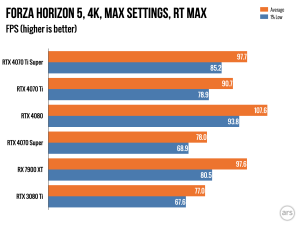
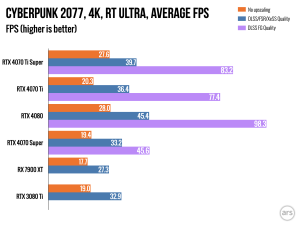
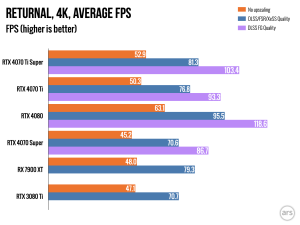
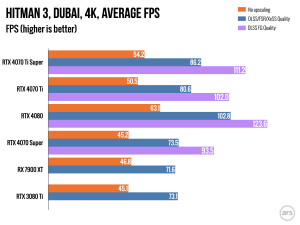


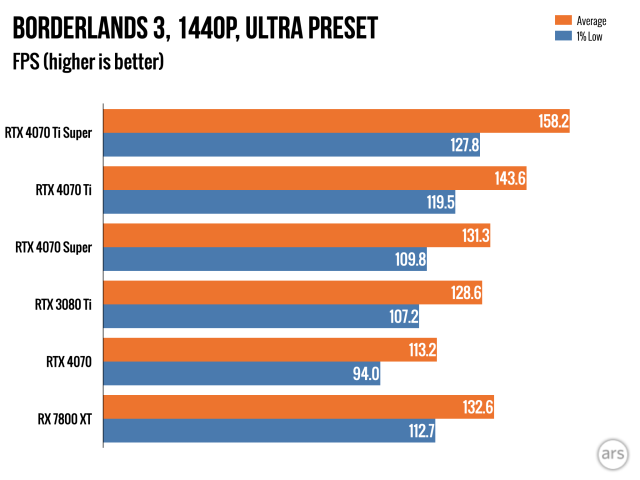
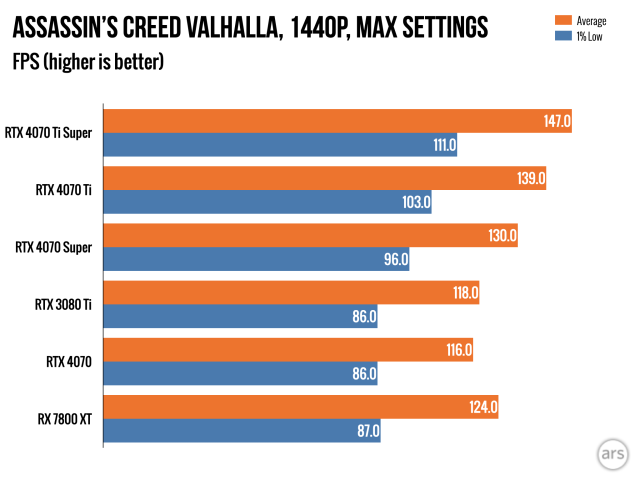
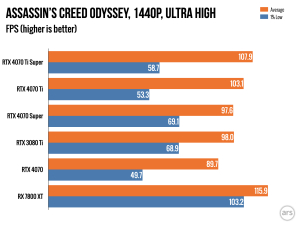
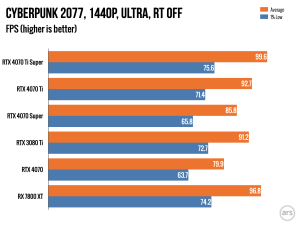
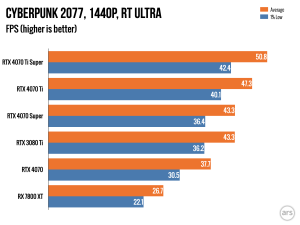
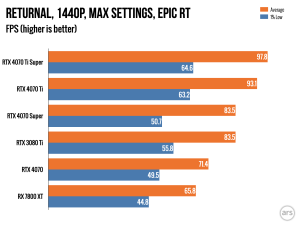
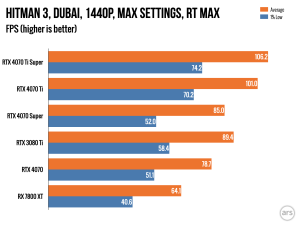
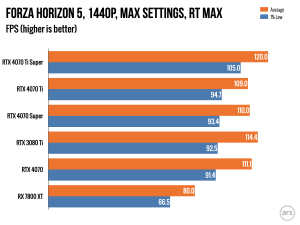

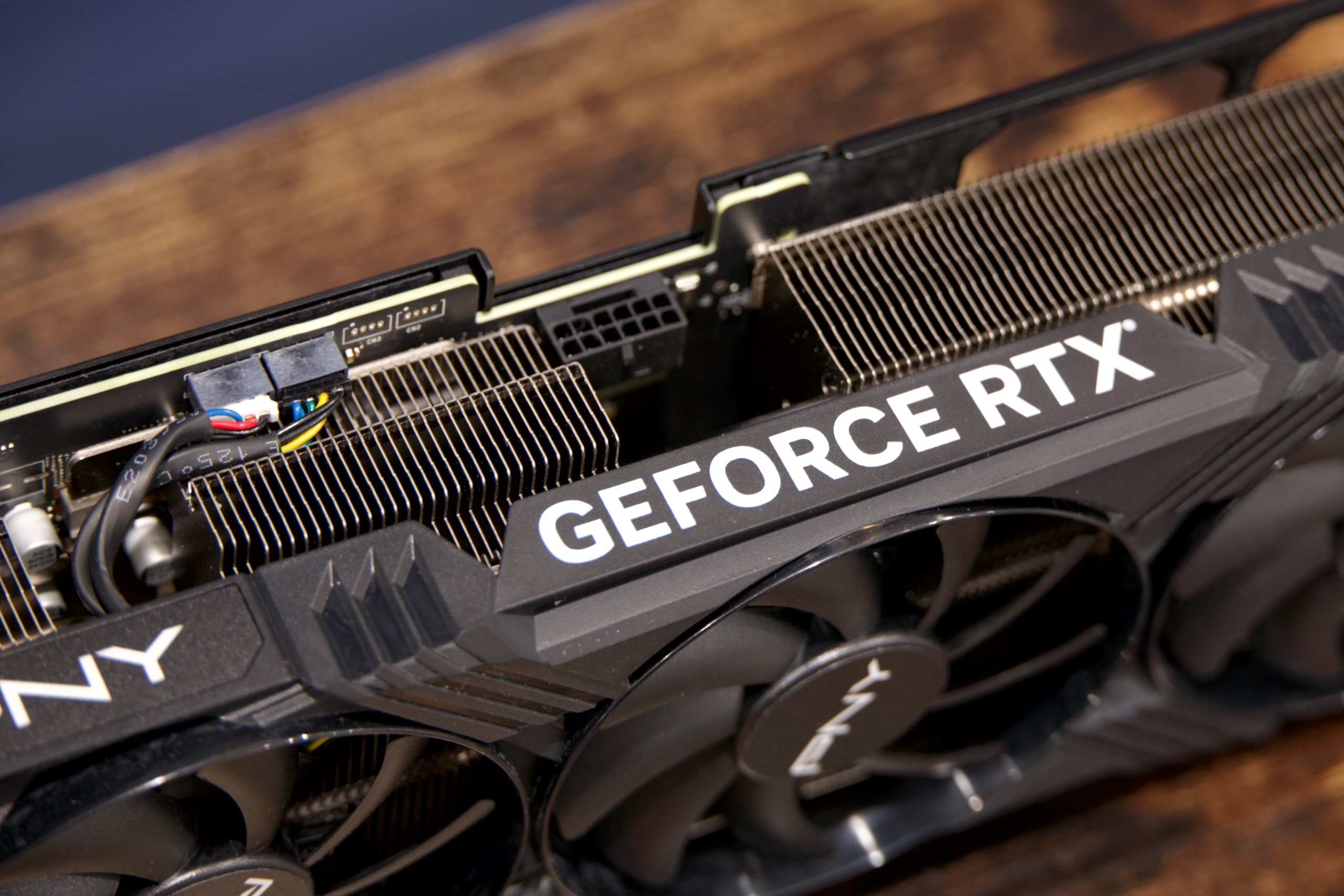

 Loading comments...
Loading comments...
